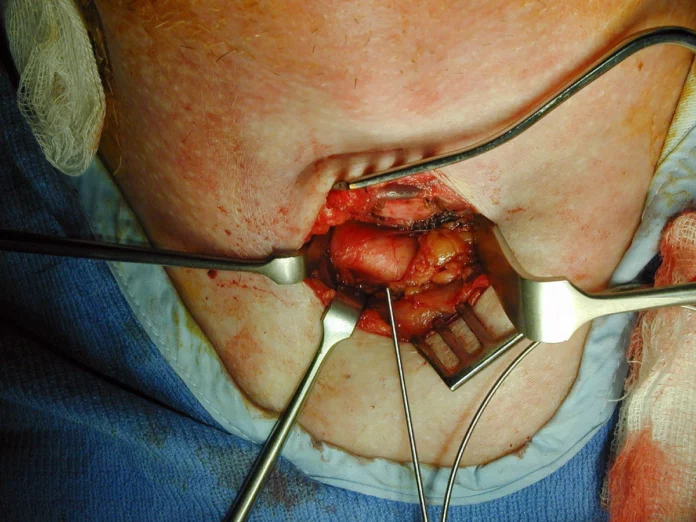This man’s tracheostomy let slip one of the most atypical of medical findings.
An old man, aged 82 years, presented with a sub-acute large bowel obstruction. Hence, doctors performed a laparotomy straight away. It revealed a perforated large bowel carcinoma. لعبة الحظ الحقيقية The expelled fecal matter had caused extensive peritonitis. And as one would expect, the patient got shifted to an intensive care unit (ICU) after a hemicolectomy.
The patient developed an acute renal failure for which he received hemofiltration. Moreover, he received a consistent ventilatory support in the ICU.
An Imperative Tracheostomy
On fifteenth day after the patient’s bowel operation, doctors decided to perform a tracheostomy. The aim was to relieve the patient off the ventilator. So, the ENT specialists framed an open tracheostomy. Pre-operative examination showed no obvious anomaly in the head and neck region. bet 365
Tracheostomy Rolls in The Most Unusual of Findings
The specialists performed the procedure under standard conditions. They dissected the muscles in a vertical plane to reach the trachea. Surprisingly, they hit upon a thick vessel just in front of the trachea. Some cautious digging revealed that the vessel was outside the pre-tracheal fascia and that it crossed the wind-pipe from left to right in an oblique manner at the level of fourth tracheal ring.
Later, the surgeons found out it was an abnormal right subclavian artery that had originated from the aortic arch as a fourth major branch. Nevertheless, surgeons decided to continue the tracheostomy. Thus, they inserted the tube through 2nd and 3rd tracheal rings, above the level of the abnormal artery. In addition, they fashioned a fat and fascial layer to minimize the contact between the artery and the tube.
Events After The Operation
After the operation, the patient rolled back to the ICU. He showed a promising recovery. As a result ,he got de-cannulated after 16 days. بيت ٣٦٥ The staff shifted him to a general surgical ward. But things were quick to escalate again. He developed a severe bi-basal pneumonia for which he received intensive care over the subsequent weeks. Unfortunately, even the intensive care did not bear fruit and the patient broke down to a widespread sepsis. Poor patient!
References
1-https://bmcearnosethroatdisord.biomedcentral.com/articles/10.1186/1472-6815-4-1




